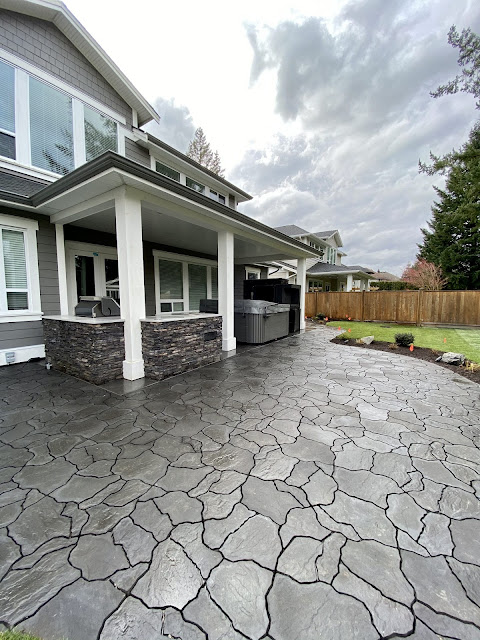Reasons Why Concrete Pavers Lose Their Color!
The Process of Pavers Losing Color
Have you noticed a color loss in your pavers?
This issue is highly pervasive. Hence, the current prerequisites for the emergence of a distinct business of services are geared toward restoring the original color and styling. These days, this service is very popular with both private persons and companies. It is already a typical issue for building materials to change color. It pertains explicitly to concrete pavement slabs and other structures. There are two types of fading: primary and secondary, depending on the origin.
According to experts, concrete paving stones' color fading is a straightforward process mainly brought on by subtle differences in the manufacturing processes. Modern producers actively add dry pigments to the water, sand, and concrete needed to make bricks. The viscosity of this pigment is comparable to that of regular flour.
Because of this, new brick starts with a vibrant, rich hue before gradually fading. It has been noted that the first variations in color saturation become apparent after the concrete surface has been in use for an entire year. You can contact us if you are looking for the best Langley paving stone patio.
Influencing Factors for Pavers Fade Away
What causes wear and tear in sportswear and the subsequent loss of color saturation? By giving the coating quality and professional attention, you can slow it down or momentarily halt it. Keep in mind that the paver's color change is permanent.
- pavers simple abrasion and dulling from regular contact with people's shoes, especially in high-traffic locations;
- cleaning the covering repeatedly and vigorously with high-pressure water streams.
- forceful chemical exposure, whether unintentional or deliberate;
- persistent exposure to sunlight;
- exposed to wind and regular temperature variations.
Care Tips to Save Pavers Appearance
You probably already realize that the pavement material will eventually fade. However, you can use specific suggestions to update the paving's appearance. How, therefore, may pavers be efficiently recolored? Experts advise using oil- or water-based stains. Then, to maintain its appearance and intensify the color, periodically coat the stonework with them. Another option that is both practical and successful is sealing. It may be devoid of color or have a deep, rich hue. Choose the best hue depending on your preferences for the coating's final tone. While colorless sealant won't drastically alter the color of your tile, it will reliably protect it from various harmful outside influences, which is equally crucial. With its protective qualities, dark sealant will give your finish a more modern, vivid hue. Acrylate water dispersion formulations have also been thoroughly tested. Their routine application aids in somewhat delaying the onset of discoloration.
For any other further help, Langley paving stone contractor is here to assist you. To prevent pavers from fading away, the risk factors should be taken into account, and care tips should be followed accordingly.




Comments
Post a Comment